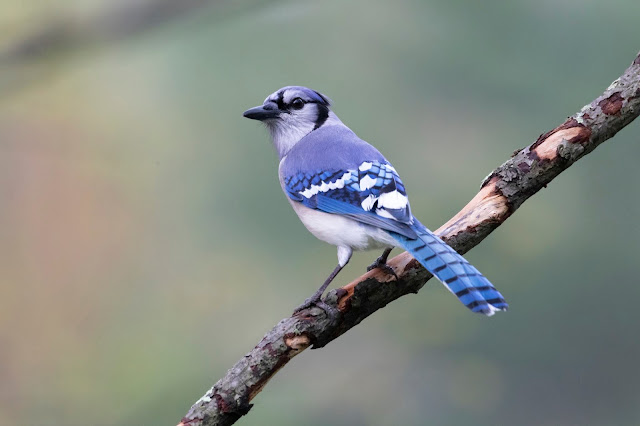Carolina Wren
That loud bird in your yard
This charismatic little bird can probably be heard for blocks. The Carolina Wren is very know through out the Eastern US. They range from Texas eastward and all the way up to the northeast. This bird is very adaptable and makes its home in your back yard. There is no mistaking the identity of this bird. They are unique in their appearance. About the size of a common sparrow or finch they sport a reddish brown top feathers and wings with dark bars on the edges of the wing. They have both a white throat and eye brow with a long thin bill that curves downward. To me the coolest feature on the Wren is their pointy tails that often point straight up in the air like an antenna.
They are an open cavity nester that has found some real weird locations to create a nest. They have been known to nest in Propane gas tank lids, door reefs, fake hanging plants and flower pots, garages, deck steps, mail boxes, car tires, abandoned Hornets nests, and various other yard debris. One year I left out a half a bag of barbeque charcoal and they nested inside the bag. Look for their nests to be located about 3 to 6 feet off the ground and close to their feeding grounds made up of dense bushes and vines, downed trees, log piles, and wherever they can find their favorite insects. As I said they are very adaptable and will also visit your yard feeders. I see them quite often visiting my Suet feeders.
The Carolina Wren is often mistaken for its close look alike the House Wren. I have not researched this much but I believe that the House wren got its name from being so close to homes. The main distinction that I can tell between them without them being side by side is the eye of the house wren has a lighter eye ring and they appear to be a little more grayish brown. Their tails are mostly pointing up and they have some faint yellow variation on their lower bill. The eyebrow is barely visible or missing on the house wren unlike the well defined eyebrow of the Carolina Wren. The house Wren can be found along the same region as the Carolina Wren.
Both of these Wrens are very aggressive toward other nesting birds. They have been know to destroy the nest of other birds and even poke holes in other birds eggs. They are extremely territorial and many other backyard bird have fallen victim to the Wrens aggressiveness. Their victims are Mostly Eastern Bluebirds but they have also victimized, Chickadees, Nuthatch, Sparrow, and even Warbler nests. Despite them living close to peoples homes they have also been known to smack into humans when they venture to close to their nests. I have even seen them dive bomb a domestic house cat before. Pretty brave for such a small bird. All around a very impressive bird!
Caroina Wren song https://youtu.be/7GLIFUtXj2M
House Wren song https://youtu.be/5LvRj3cbmBc











